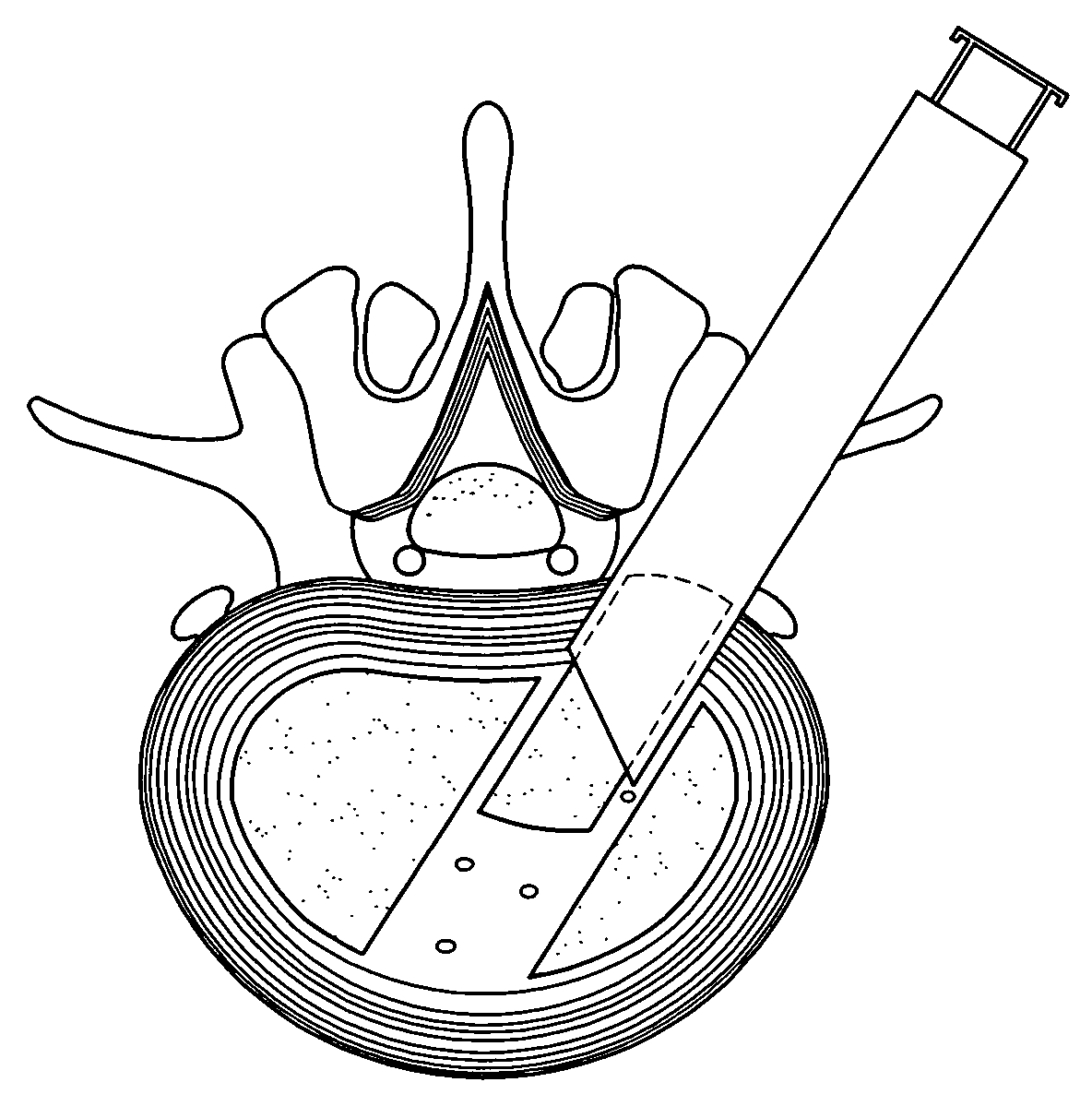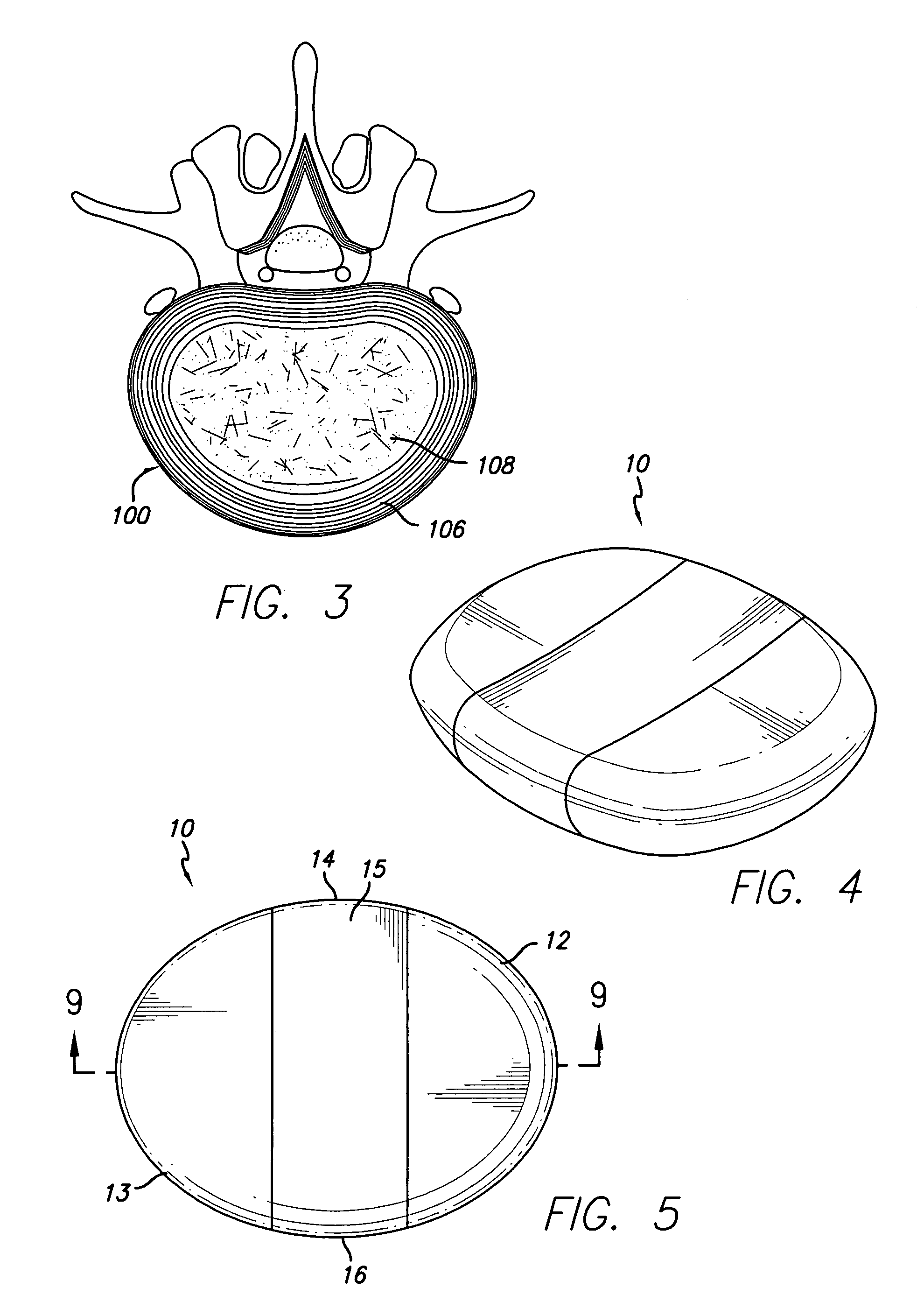Implant material for minimally invasive spinal interbody fusion surgery
a spinal interbody fusion and implant material technology, applied in the field of percutaneous spinal interbody fusion surgery, can solve the problems muscle weakness, and possible bowel and bladder dysfunction, and achieve the effects of reducing the risk of bowel and bladder dysfunction, and reducing the effect of bowel and bladder function
- Summary
- Abstract
- Description
- Claims
- Application Information
AI Technical Summary
Benefits of technology
Problems solved by technology
Method used
Image
Examples
Embodiment Construction
[0033] According to the present invention, there is disclosed an implant device used when performing percutaneous spinal transforaminal endoscopic interbody fusion. In the following description, for the purposes of explanation, specific devices, production details, surgical methods and tools are set forth in order to provide a more thorough understanding of the invention. It will be apparent to those skilled in the art, however, that the present invention may be practiced without these specifically enumerated details and that the preferred embodiment can be modified so as to provide other capabilities. In some instances, well-known structures and methods have not been described in detail so as not to obscure the present invention unnecessarily.
[0034] Referring first to FIG. 1, an idealized side view of a human spinal column illustrating discs located between adjacent vertebrae is shown. A disc 100 is located between each of the adjacent vertebrae 102. The dural sac 104 is shown pas...
PUM
| Property | Measurement | Unit |
|---|---|---|
| height | aaaaa | aaaaa |
| shape | aaaaa | aaaaa |
| inert | aaaaa | aaaaa |
Abstract
Description
Claims
Application Information
 Login to View More
Login to View More - R&D
- Intellectual Property
- Life Sciences
- Materials
- Tech Scout
- Unparalleled Data Quality
- Higher Quality Content
- 60% Fewer Hallucinations
Browse by: Latest US Patents, China's latest patents, Technical Efficacy Thesaurus, Application Domain, Technology Topic, Popular Technical Reports.
© 2025 PatSnap. All rights reserved.Legal|Privacy policy|Modern Slavery Act Transparency Statement|Sitemap|About US| Contact US: help@patsnap.com



